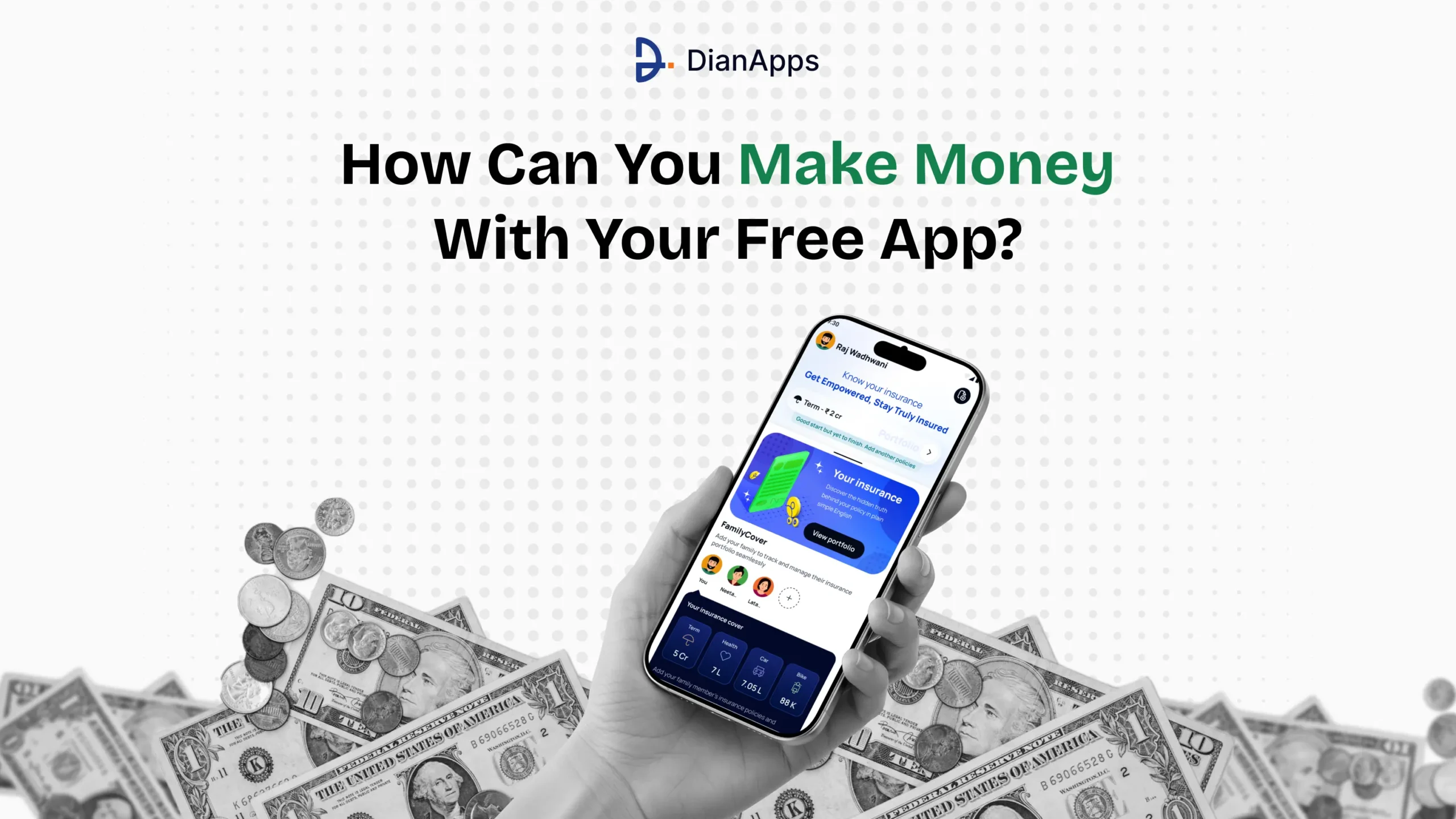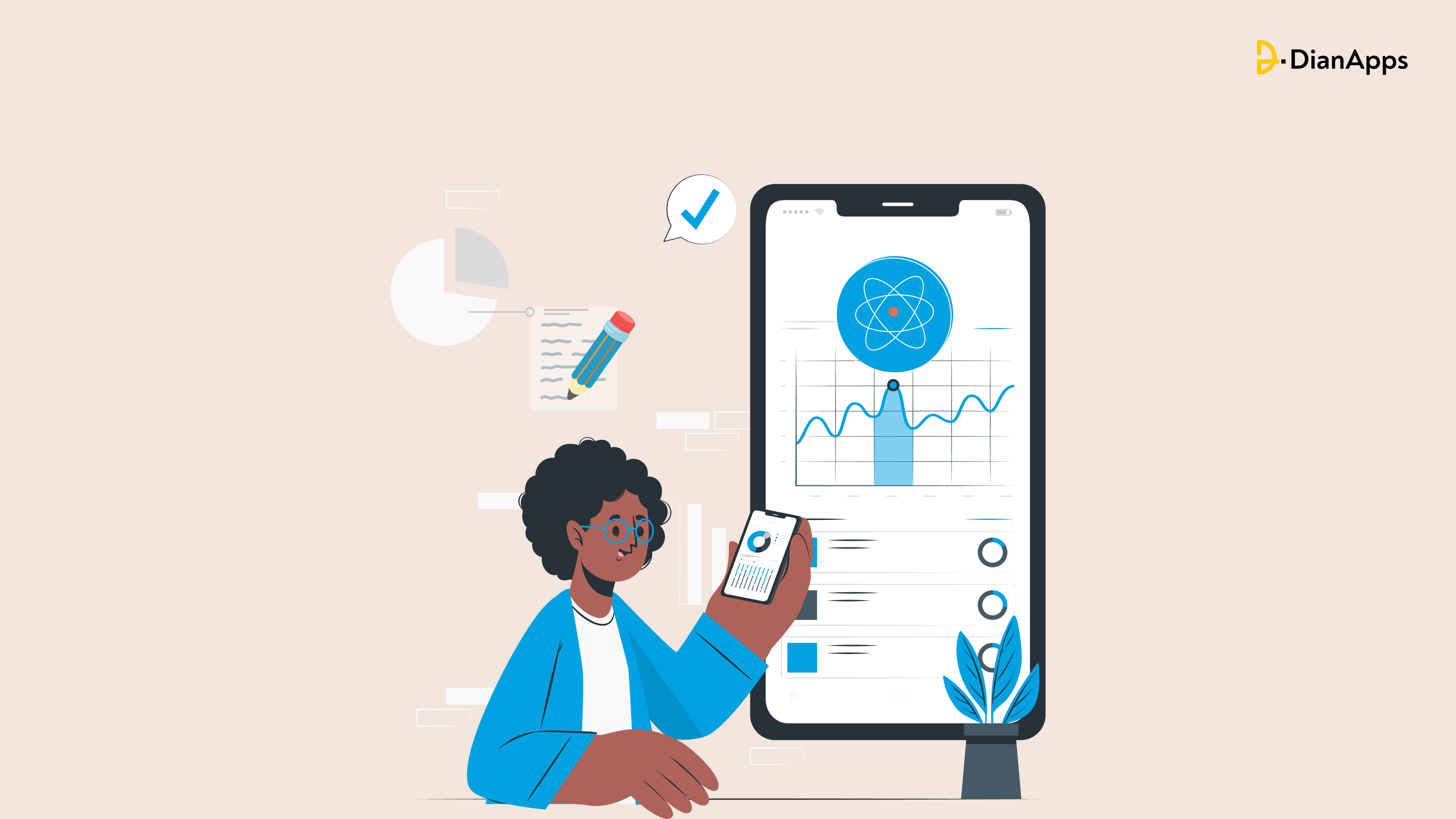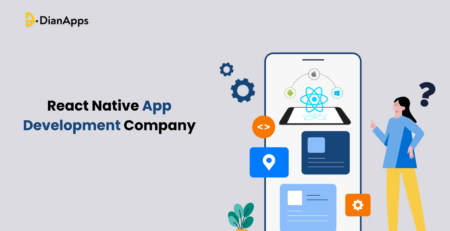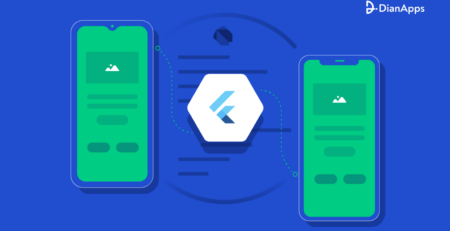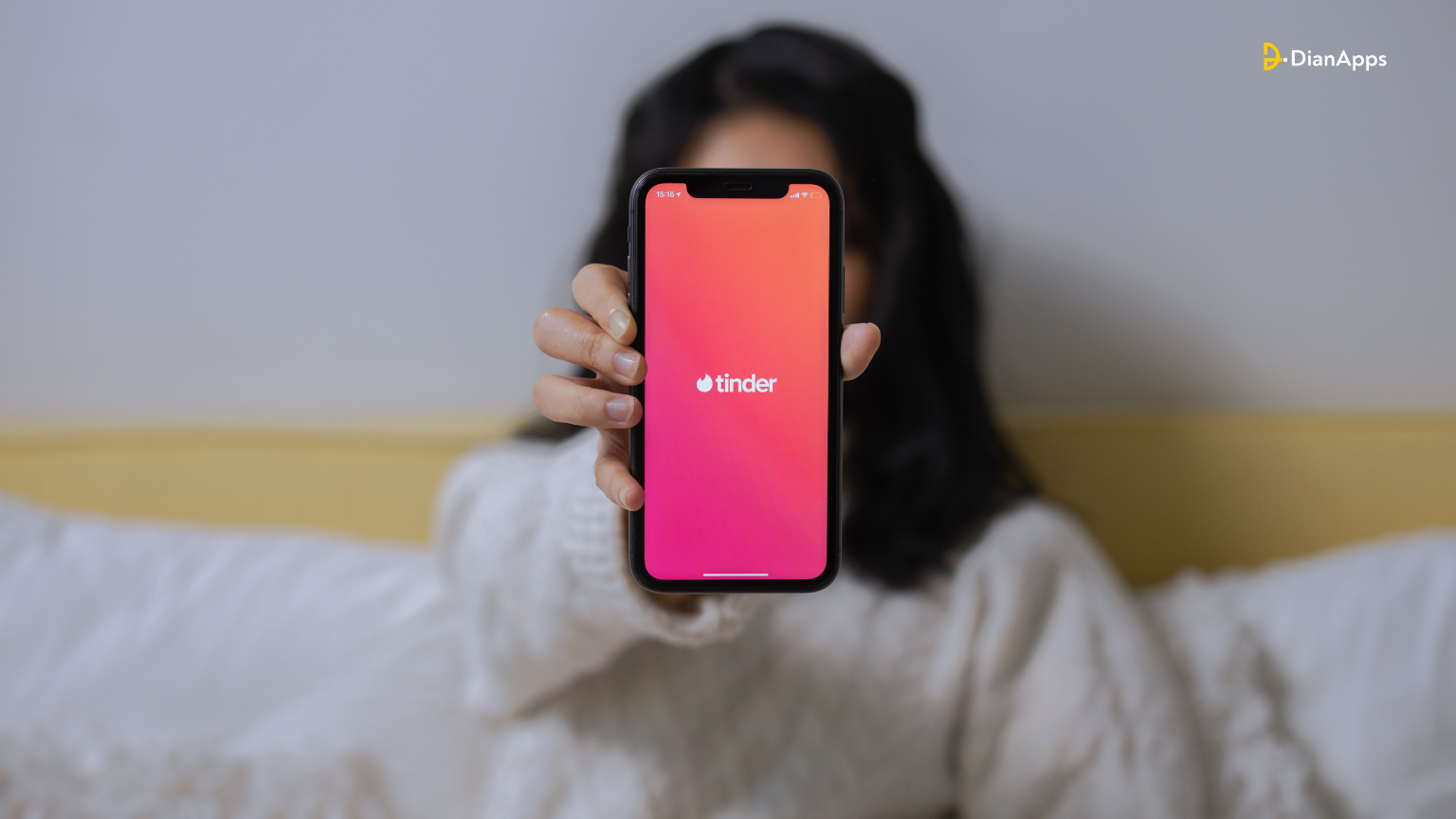How Can You Make Money With Your Free App?
Have you ever wondered how a free app on your phone could actually be making money while you sleep? Imagine millions of users interacting with your creation every day, and each interaction generating revenue.
Turning this vision into reality starts with the right strategy and the expertise of a trusted mobile app development company. They don’t just build apps; they design experiences that captivate users and maximize engagement.
From integrating clever monetization models to optimizing user retention, a professional development team ensures your app isn’t just downloaded, it’s loved, shared, and profitable.
Whether you’re a budding entrepreneur or an established business, understanding the art of app monetization is key. Your free app can become a powerful revenue engine, and it all begins with smart planning and expert execution.
Continue reading this blog to learn about multiple monetization models for free apps.
Understanding Free vs. Paid Apps
Before getting deep into monetization strategies, it’s essential to distinguish between free and paid apps:
| Feature | Free Apps | Paid Apps |
|---|---|---|
| Cost to User | Free to download and use | Requires payment to download |
| Monetization | In-app purchases, ads, subscriptions | Upfront purchase price |
| User Acquisition | Broader reach due to no initial cost | Limited by upfront cost |
| User Experience | May include ads or limited features | Full access upon purchase |
| Revenue Model | Ongoing through various channels | One-time payment |
Free apps often have a broader user base, which can be monetized through various strategies, whereas paid apps rely on upfront payments but may have a more limited audience.
Top Monetization Models for Free Apps
1. In-App Advertising
In-app advertising is one of the most popular ways to monetize free apps. It allows developers to earn revenue by displaying ads within their app.
This method leverages the app’s user base, turning user engagement into a source of income. Ads can be banners, interstitials, native ads, or rewarded videos. Each format offers different advantages depending on user behaviour and app type.
With careful placement, ads can generate revenue without harming the user experience. This model works best for apps with high daily active users and frequent engagement, as more impressions directly translate to higher earnings.
Pros:
- Non-Intrusive Monetization: Ads can be seamlessly integrated into the app, allowing users to enjoy the app’s features without upfront costs.
- Diverse Revenue Streams: Utilizing different ad formats such as banners, interstitials, and rewarded videos can cater to various user preferences and behaviors.
- Scalability: As the user base grows, the potential for ad impressions increases, leading to higher revenue opportunities.
Cons:
- User Experience Impact: Excessive or poorly placed ads can disrupt the user experience, leading to potential user dissatisfaction.
- Revenue Dependency on Engagement: The effectiveness of ads is closely tied to user engagement; low engagement can result in diminished ad revenue.
- Ad Blockers: The rise of ad-blocking technologies can reduce the visibility of ads, impacting revenue generation.
2. In-App Purchases (IAP)
In-app purchases let users buy virtual goods, premium features, or content directly inside the app. This strategy is widely used in gaming, productivity, and lifestyle apps.
In-App Purchases provide developers with a continuous revenue stream as users spend money on upgrades, items, or special access. It encourages engagement because users often return to earn or purchase more rewards.
The success of this model depends on offering compelling, desirable items that users feel are worth buying. Thoughtful implementation ensures balance, preventing frustration and maintaining fairness for all users.
This model includes:
- Banner Ads: Static or dynamic ads displayed at the top or bottom of the screen.
- Interstitial Ads: Full-screen ads that appear at natural transition points.
- Rewarded Videos: Users watch ads in exchange for in-app rewards.
- Native Ads: Ads that blend seamlessly with the app’s content.
Pros:
- Enhanced User Engagement: Offering valuable in-app items can increase user interaction and retention.
- Customization Opportunities: Users can personalize their experience, leading to higher satisfaction and willingness to spend.
- Revenue Diversification: Combining IAPs with other monetization strategies can create multiple revenue streams.
Cons:
- Development Complexity: Implementing IAPs requires careful planning and resources to ensure a balanced and fair system.
- Potential for User Frustration: If not designed thoughtfully, IAPs can lead to pay-to-win scenarios, causing frustration among users.
- Platform Fees: App stores typically take a percentage of IAP revenue, reducing the developer’s earnings.
3. Subscription Model
The subscription model allows users to pay a recurring fee for access to premium content or advanced features. This method ensures predictable revenue and long-term user retention.
It is effective for apps that regularly update content, provide exclusive resources, or offer ongoing services such as streaming, fitness programs, or learning platforms. Users are incentivized to stay subscribed if they receive continuous value.
Subscriptions can be monthly, quarterly, or yearly, offering flexibility to both developers and users. A strong value proposition is essential to minimize cancellations and maximize long-term profitability.
Pros:
- Predictable Revenue: Regular subscription payments provide a consistent income stream.
- Enhanced User Loyalty: Subscribers are more likely to remain engaged with the app, reducing churn rates.
- Opportunities for Upselling: Offering tiered subscription plans can cater to different user needs and increase revenue potential.
Cons:
- Retention Challenges: Maintaining subscriber interest over time requires continuous content updates and improvements.
- Market Competition: The subscription model is common, making it challenging to differentiate and attract users.
- Cancellation Rates: Users may cancel subscriptions if they perceive insufficient value, impacting revenue.
4. Freemium Model
The freemium model gives users access to core features for free while charging for advanced capabilities or extra content. It attracts a large audience by lowering the entry barrier.
This approach encourages free users to upgrade to premium offerings over time. The key is to provide enough value for free users while making the premium version irresistible.
Freemium works for apps that can clearly differentiate free and paid features, such as productivity apps, photo editors, or cloud storage services. Conversion rates improve when premium benefits are clearly communicated.
Pros:
- Wide User Base: Offering free access lowers the barrier to entry, attracting a large number of users.
- Upselling Opportunities: Free users can be encouraged to upgrade to premium features through targeted marketing.
- Brand Awareness: A large user base can enhance brand recognition and credibility.
Cons:
- Conversion Challenges: Converting free users to paying customers can be difficult and requires effective strategies.
- Resource Allocation: Supporting a large number of free users can strain resources and increase costs.
- Feature Balance: Providing too many features for free may reduce the incentive for users to upgrade.
5. Sponsorship and Partnerships
Sponsorships and partnerships involve collaboration with other companies or brands to integrate promotions or co-branded content within the app. This generates additional revenue streams beyond traditional monetization methods.
Such collaborations can boost credibility, expand reach, and attract new users from the partner’s audience. It works well when the partner aligns with the app’s theme and target demographic.
Successful partnerships require careful planning, ensuring brand compatibility and mutual benefit. Over-reliance on partners should be avoided to maintain independence and user trust.
Pros:
- Additional Revenue Streams: Partnerships can introduce new income sources beyond traditional monetization methods.
- Enhanced Credibility: Associating with reputable brands can boost the app’s credibility and attract more users.
- Access to New Audiences: Collaborations can expose the app to the partner’s user base, expanding reach.
Cons:
- Brand Alignment: Ensuring that the partner’s brand aligns with the app’s values is crucial to maintain user trust.
- Revenue Sharing: Revenue from partnerships may need to be shared, reducing the developer’s earnings.
- Dependency Risks: Over-reliance on partnerships can be risky if the partner’s performance declines.
6. Social Gifting
Social gifting is a creative monetization model where users can send virtual gifts or tokens to friends, influencers, or content creators within the app.
This approach works well in social media, live streaming, and gaming apps. Users purchase virtual items to show appreciation or support, which directly generates revenue for the app.
By encouraging community interaction, social gifting boosts engagement while creating a fun, rewarding experience. Apps often offer special features or rewards for gift-givers, making it a highly interactive monetization method.
Pros:
- Enhanced User Engagement: Encourages users to actively participate and interact within the app, boosting retention.
- Direct Revenue Stream: Users spend real money to buy virtual gifts, providing immediate monetization.
- Community Building: Fosters social interaction and loyalty among users, creating a positive app culture.
Cons:
- Dependence on Active Users: Revenue is limited if user engagement is low or the community is inactive.
- Potential for Overspending: Users may overspend without proper limits, raising ethical concerns.
- Development Complexity: Requires secure in-app purchasing systems and real-time transaction handling.
7. Affiliate Marketing or Brand Partnerships
Affiliate marketing or brand partnerships involve promoting third-party products or services within your app. Developers earn commissions when users make purchases or take specific actions.
This model works effectively for lifestyle, e-commerce, and content apps. By integrating relevant affiliate products seamlessly, apps can provide value while generating revenue.
Partnering with trusted brands ensures credibility and opens opportunities for exclusive deals, making it a win-win for both users and developers.
Pros:
- Revenue Without Direct Sales: Earns money through user actions without producing products yourself.
- Enhanced App Value: Relevant offers enhance user experience while generating revenue.
- Scalable Opportunities: Partnerships can grow with your user base, increasing earnings potential.
Cons:
- Brand Dependence: Income relies on affiliate performance and partner reputation.
- User Trust Risk: Promoting irrelevant or low-quality products can damage app credibility.
- Revenue Variability: Earnings fluctuate based on user engagement and conversion rates.
8. Data Monetization
Data monetization involves collecting user data (with consent) and selling insights or analytics to third parties. This model is commonly used by analytics, research, and ad-tech apps.
By analyzing trends, behaviors, and demographics, developers can provide valuable insights to businesses, marketers, and researchers, turning app interactions into a profitable resource.
Proper anonymization and transparency are essential to maintain trust while maximizing revenue from data-driven opportunities.
Pros:
- High Revenue Potential: Businesses highly value actionable insights derived from user behavior.
- Passive Monetization: Data can be monetized continuously without disrupting user experience.
- Market Insights: Developers gain feedback to improve app features based on collected data.
Cons:
- Privacy Concerns: Mishandling user data can lead to legal issues and loss of trust.
- Regulatory Compliance: Requires adherence to GDPR, CCPA, and other data protection laws.
- Ethical Challenges: Users may feel exploited if data collection is not transparent.
9. Crowdfunding
Crowdfunding allows developers to raise funds for app development or new features by collecting small contributions from many users. Popular platforms include Kickstarter, Indiegogo, and GoFundMe.
This model works well for niche apps or apps with a strong community following. Users fund projects they believe in, often receiving early access, exclusive features, or rewards in return.
Crowdfunding not only provides capital but also validates market interest before full-scale development, reducing risk for developers.
Pros:
- Funding Without Investors: Generates capital without traditional financing or loans.
- Market Validation: Early contributions indicate user interest and potential success.
- Community Engagement: Backers become invested in the app’s growth and success.
Cons:
- Uncertain Outcomes: Funding goals may not always be met, creating risk for developers.
- Resource Intensive: Requires planning, marketing, and reward fulfillment efforts.
- Time-Sensitive: Campaigns must maintain momentum to attract contributions effectively.
Finally, the above-listed are the best ways to earn money with a free app If these ways interest you and you want to develop a mobile application from scratch, ensure to get in touch with the right development firm.
Real-World Examples of Successful Monetization
- Clapper: A social video and live streaming app that uses social gifting and subscriptions. Users send virtual gifts to content creators, increasing engagement and generating revenue.
- Spotify: Employs a freemium model combined with subscriptions. Free users access music with ads, while premium subscribers enjoy ad-free streaming, offline listening, and high-quality audio.
- Honor of Kings: A top-grossing mobile game leveraging in-app purchases. Players buy cosmetic items, upgrades, and premium content, resulting in billions in annual revenue.
- Dropbox: Uses a freemium model by providing free storage and charging for additional space, encouraging users to upgrade for more functionality.
- LinkedIn: Combines freemium and subscription strategies, offering essential features for free while monetizing advanced career tools, premium analytics, and recruitment solutions.
- TikTok: Generates revenue through ads, sponsorships, and in-app purchases like coins for virtual gifts, creating multiple revenue streams from a large user base.
- Netflix: Uses subscription-based monetization, offering ad-free streaming of premium content, ensuring predictable recurring revenue.
- Candy Crush Saga: A mobile game that utilizes in-app purchases, allowing players to buy boosters, extra lives, and special features for a better gaming experience.
Final Words
Turning a free app into a profitable venture is no longer a distant dream. With the right strategies, you can monetize your app effectively while keeping users engaged and satisfied.
Partnering with an experienced company like DianApps ensures your app is built from the ground up with monetization in mind. From in-app purchases to subscriptions, ad placements, and innovative models like social gifting or crowdfunding, every strategy can be customized to your app’s unique audience.
The key is balancing revenue generation with user experience. By leveraging expert guidance and proven strategies from DianApps, your free app can become a sustainable revenue source while delighting users and standing out in a competitive market.
